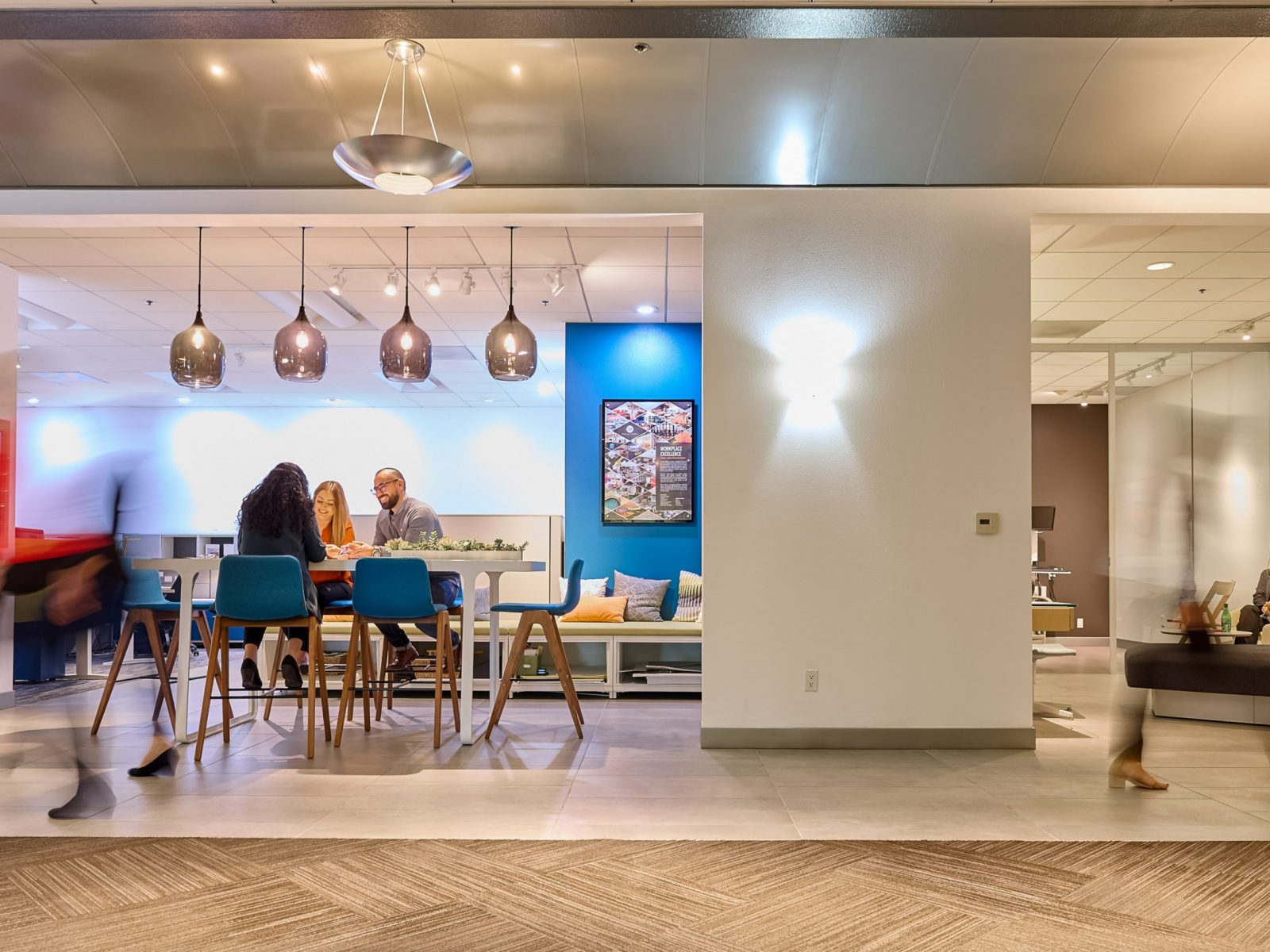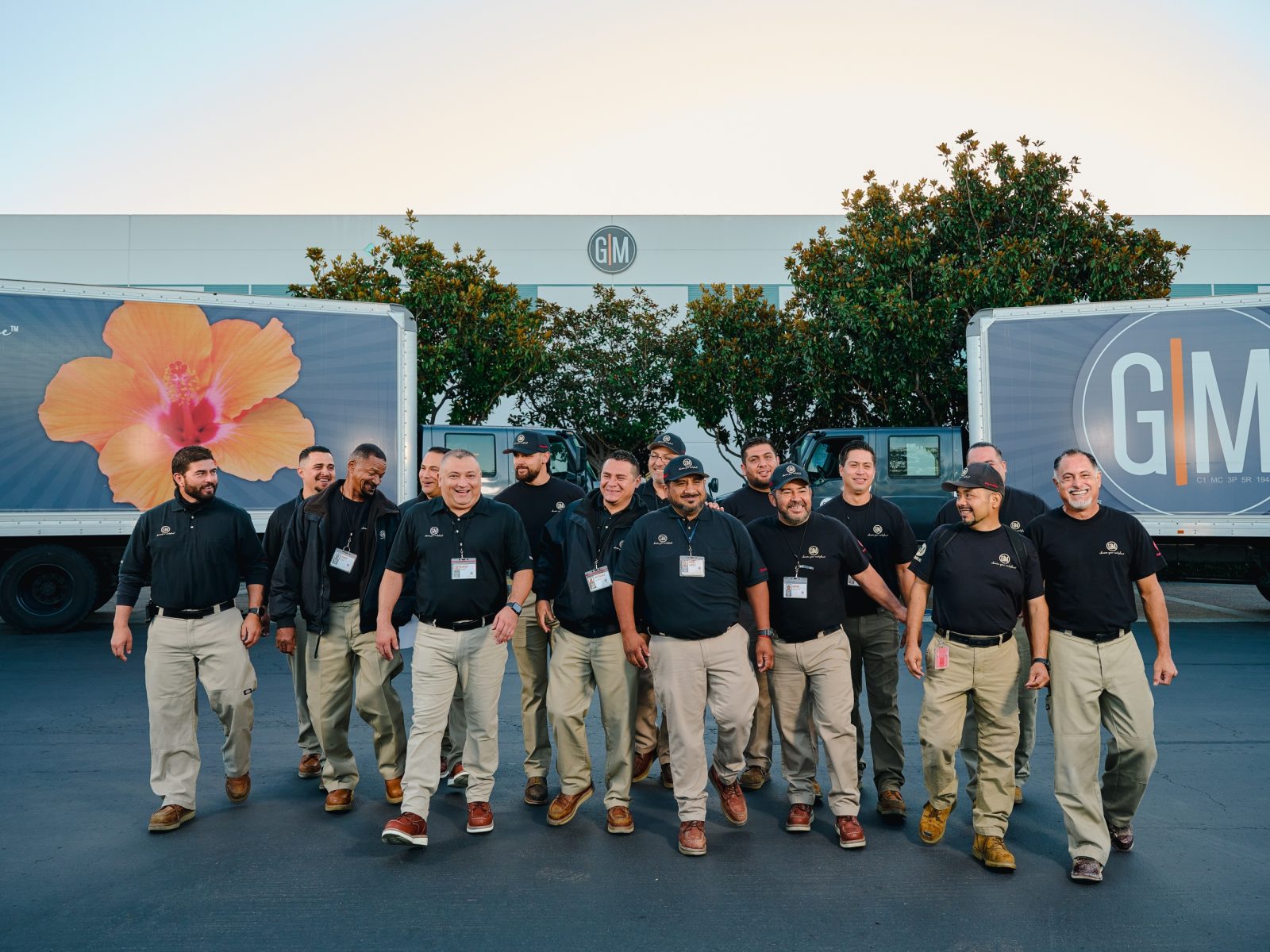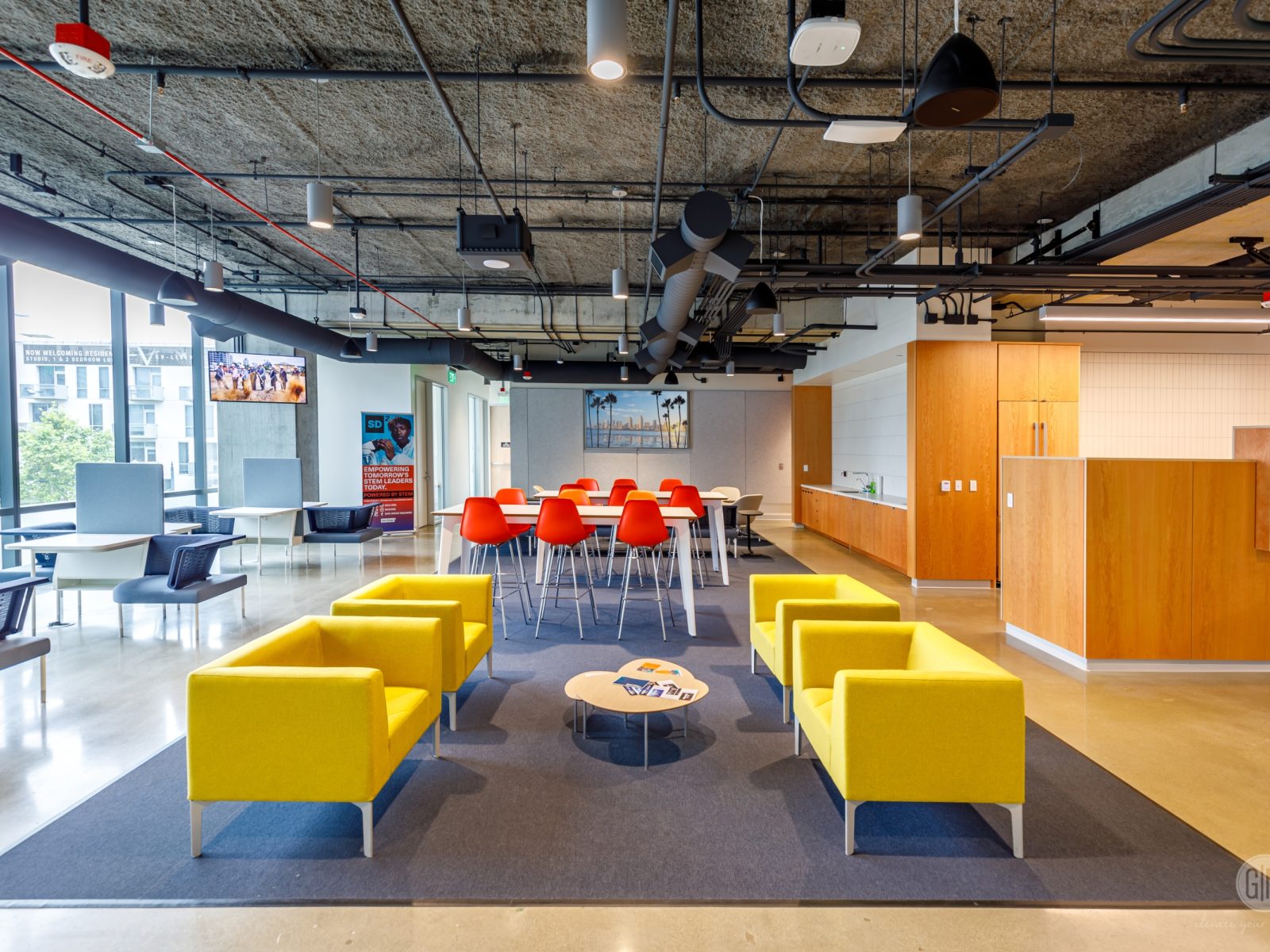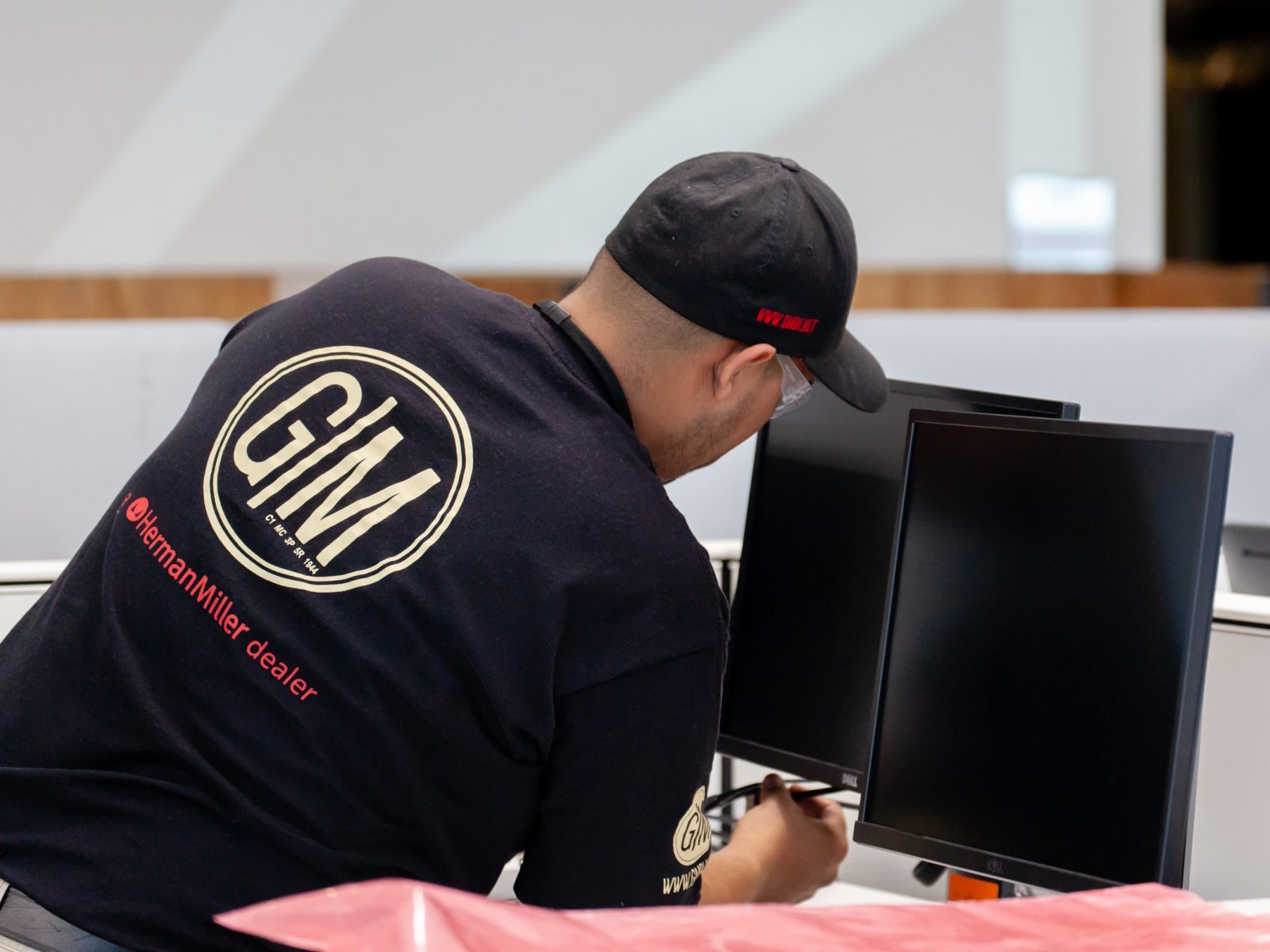How to deal with anxiety about returning to “normal”
The pandemic has taken a toll on everyone, but many of us aren’t eager to return to “normal” life. Here’s how to manage fears and expectations.

This article was written by Fast Company. Click the link at the bottom to read the original published article.
The pandemic has been tough in a lot of ways. There has been a lot of anxiety about being out in public and the possibility of getting sick. There has been political division about the seriousness of COVID-19, the effectiveness of various protective measures, and the need to vaccinate. The economy has gone on a roller-coaster ride. And a lot of people are exhausted by the work-from-home environment.
So, you’d think that the increasing availability of vaccines, the prospect of people returning to offices, and opportunities for travel would have people jumping for joy.
Instead, there is a lot of anxiety about the return to normal. That reflects several factors. Some of it is uncertainty about what that future looks like. The second is that the next few months will involve a lot of change in daily routines and that is also stressful. There are ways to prepare yourself.
REDUCING UNCERTAINTY
A lot of the anxiety we face comes from our inability to predict the future. The brain is a prediction engine and is most comfortable when you know what is coming next. Throughout the pandemic, it has been hard to predict the next phase. Early on, a big part of the problem was that so much of what was happening was beyond anything that most people had experienced, so we had to wait to see what would happen next. Even experts were unsure of exactly how the pandemic would play out.
Even as our daily lives got more predictable, there was still a lot of uncertainty, because we couldn’t predict the time course of the pandemic. As the vaccines have rolled out, there is an odd mix of hope and uncertainty. The vaccines hold the promise that we will be able to return to a more normal mode of life. But, there are concerns about all of the variants and whether the vaccine will provide sufficient protection against them. As a result, when we hear about a return to pre-COVID life, there is a lot of anxiety around how that can happen safely.
There are several things you can do to reduce the uncertainty around returning to work. First, find out the policies your workplace is adopting around the return to work. Compare them to what other organizations are doing. As someone who has been involved in COVID-19 planning for my university this year, we have spent a lot of time making sure we are aware of what other schools are doing. That has enabled us both to make good decisions based on our own evaluations of the situation as well as to get a sense of what the norms are. Similarly, many organizational decision-makers are paying attention to industry standards to get a sense of the safest way to return to work.
Second, if you have been spending a lot of time alone during the pandemic, find ways to be around others safely. Current CDC guidance suggests that if you have been vaccinated you can safely spend time outdoors with people without wearing masks. The more that you spend time in safe activities around others, the easier it will be to envision what work life will be like when you are around other people more. And that will reduce your anxiety.
Finally, make sure that you get vaccinated and that you actively encourage everyone around you to get the vaccine. With less than half the U.S. population vaccinated, there is already significant vaccine hesitancy driving down the number of people lined up to get the shots. The only way that we will be able to return to pre-pandemic activities soon is if we can get a substantial number of people vaccinated.
PREPARING MENTALLY FOR THE SHIFT IN ROUTINES
A second significant source of anxiety is change. No matter how much you complain about particular situations, you rarely make significant changes in your life. A big reason for this resistance is that your brain is wired to prefer to do things by habit than to have to think about them. Habits are a way for the brain to minimize the amount of energy expended thinking about a task because the habit creates a direct association between the situation and the action you are supposed to perform.
Think back to your mental state in March of 2020 businesses started to shut down and workers who did have to go to work in-person first had to wear masks and engage in social distancing. The new situation felt weird, and people were anxious and unhappy. A little over a year later, and we have developed routines around our new work environment. It has become comfortable for us, even though we can talk about things we miss about our work habits pre-COVID.
Bear in mind that six months after you transition to a new mode of work in the new normal, you will have built habits around that and it will feel normal and comfortable. Certainly, you should find ways to preserve some of the things about your COVID workday that you like. Just remember that you will adapt to whatever the situation is, and so it isn’t worth spending too much time worrying about the transition.














